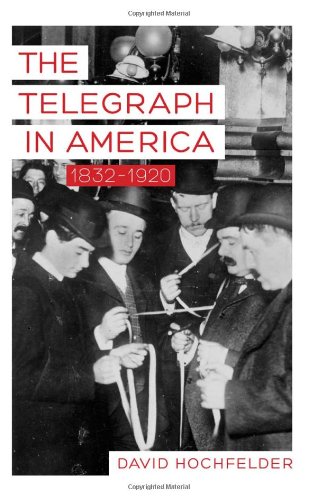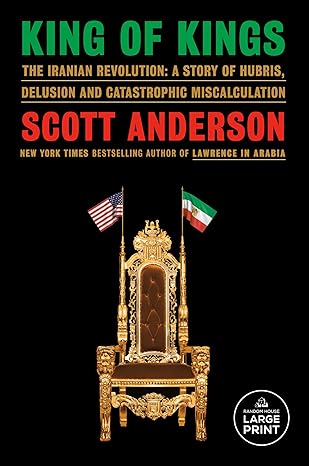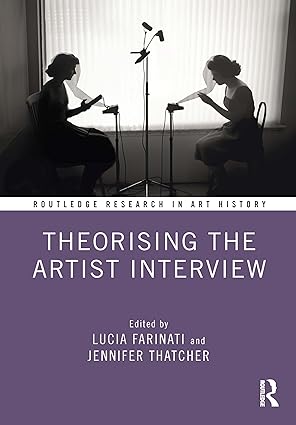Telegraphy in the nineteenth century approximated the internet in our own day. Historian and electrical engineer David Hochfelder offers readers a comprehensive history of this groundbreaking technology, which employs breaks in an electrical current to send code along miles of wire. The Telegraph in America, 1832–1920, examines the correlation between technological innovation and social change and shows how this transformative relationship helps us to understand and perhaps define modernity.
The telegraph revolutionized the spread of information―speeding personal messages, news of public events, and details of stock fluctuations. During the Civil War, telegraphed intelligence and high-level directives gave the Union war effort a critical advantage. Afterward, the telegraph helped build and break fortunes and, along with the railroad, altered the way Americans thought about time and space.
چکیده فارسی
تلگراف در قرن نوزدهم به اینترنت در زمان ما نزدیک شد. دیوید هوچفلدر، مورخ و مهندس برق، تاریخچه ای جامع از این فناوری پیشگامانه را به خوانندگان ارائه می دهد که از قطع شدن جریان الکتریکی برای ارسال کد در طول مایل ها سیم استفاده می کند. تلگراف در آمریکا، 1832-1920، همبستگی بین نوآوری تکنولوژیکی و تغییرات اجتماعی را بررسی می کند و نشان می دهد که چگونه این رابطه دگرگون کننده به ما در درک و شاید تعریف مدرنیته کمک می کند.
تلگراف انقلابی در انتشار اطلاعات ایجاد کرد - سرعت دادن به پیام های شخصی، اخبار رویدادهای عمومی و جزئیات نوسانات سهام. در طول جنگ داخلی، اطلاعات تلگرافی و دستورات سطح بالا به تلاش جنگ اتحادیه یک مزیت حیاتی داد. پس از آن، تلگراف به ساختن و شکستن ثروت کمک کرد و همراه با راه آهن، طرز تفکر آمریکایی ها در مورد زمان و مکان را تغییر داد.
ادامه ...
بستن ...










